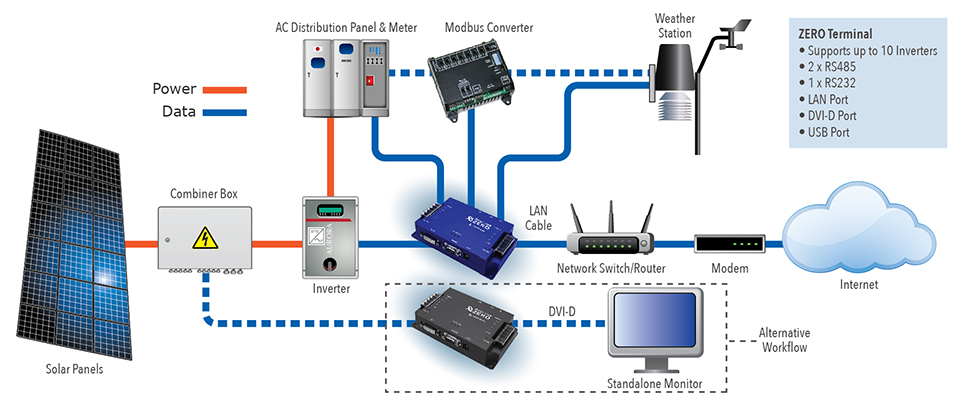Based on the international experiences of top O&M contractors, asset managers, developers, manufacturers, monitoring solutions providers, consultants and utilities, here is a report on best practices for solar operations and maintenance and enhancing solar PV performance.
- To measure solar irradiance, you need the right hardware sensors. The best practice is to apply at least two pyranometers in the plane of the PV array. At least one pyranometer is required for each array orientation. Ensure the pyranometers are properly assigned to the different arrays for the calculation of the performance ratio (PR) and expected yield.
- Use record irradiance data from high-quality satellite-based data services as a complement to data from ground-based sensors.
- The accuracy of the temperature sensor, including signal conditioning, should be < ±1 °C. Very large plants should have measurement of module temperature at different places across the PV array. For large arrays, the module temperature should be measured at different representative positions (e.g., for a module in the center of the array and for modules at edge locations where temperature variation is expected).
- Measure ambient temperature and wind speed with the installation of a local meteorological station in accordance with the manufacturers’ guidelines. Ambient temperature must be measured with a shielded thermometer. For plants larger than 10 MW, automated data collection of independent hourly meteo data should be present (ambient temperature, wind speed, snow coverage) from an independent meteo source. On-site meteorological stations are subject to local phenomena and installation-specific results. Data from an independent meteo-station is less subject to this while being more stable and robust with respect to long-term drift.
- It is recommended to increase up-time for timely detection of faults. Measurement requirements using one second sampling and one minute averaging at the data logger are being used more and more.
- It is very important to collect all inverter alarms. Inverter alarms are a valuable source of information for fault detection, organization of the maintenance and even setting up preventive maintenance actions. Auto-configuration should be used when possible. This allows for inverter replacement detection.
- A high-accuracy energy meter for the total output of the plant with an uncertainty of ± 0.5% is required for plants greater than 100 kW and highly recommended for all plants–also those smaller than 100 kW.
- The AC switch positions for (sub) plants should be monitored and alarms should be relayed via the communication bus.
- As a minimum requirement, data loggers should have sufficient memory to store at least one month of data. Historical data should be backed up. After a communication failure, the data logger should automatically resend all pending information. As best practice, the data logger should store a minimum of six months of data and a full data backup in the cloud.






